VERY RARE! Original 1972 Apollo 16 NASA Type 1 Lunar Photograph Taken on Moon Astronaut Collecting Moon Rock Samples





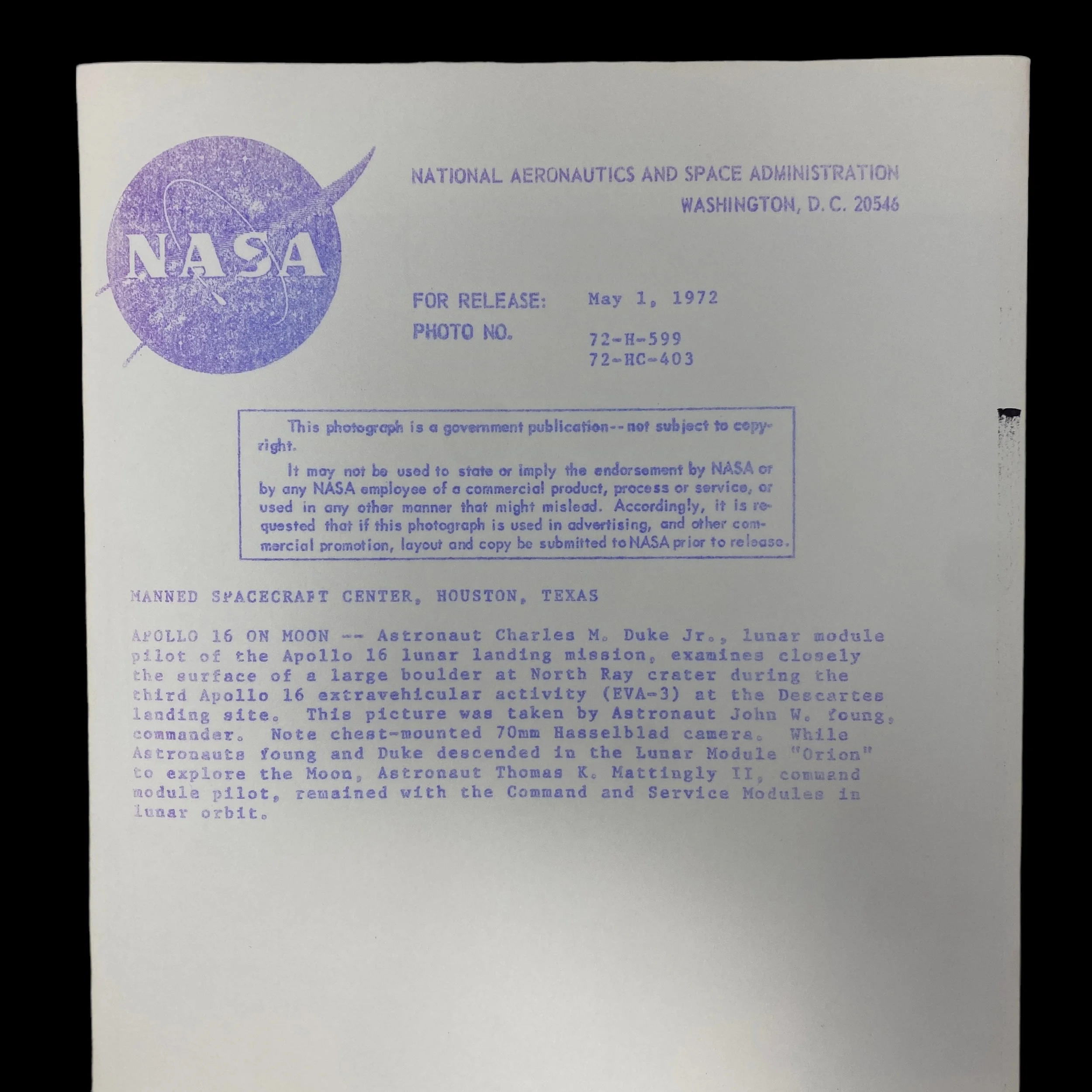



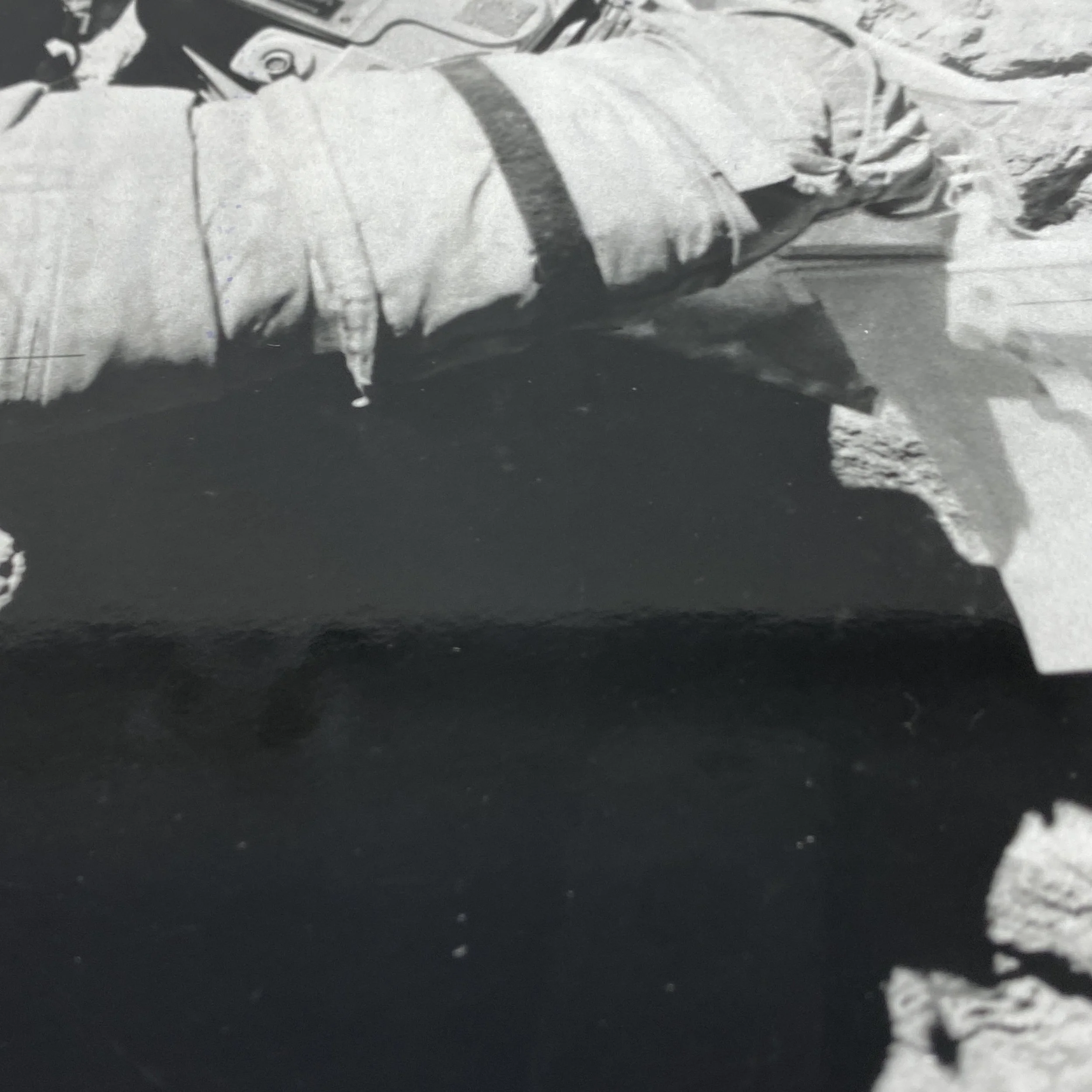
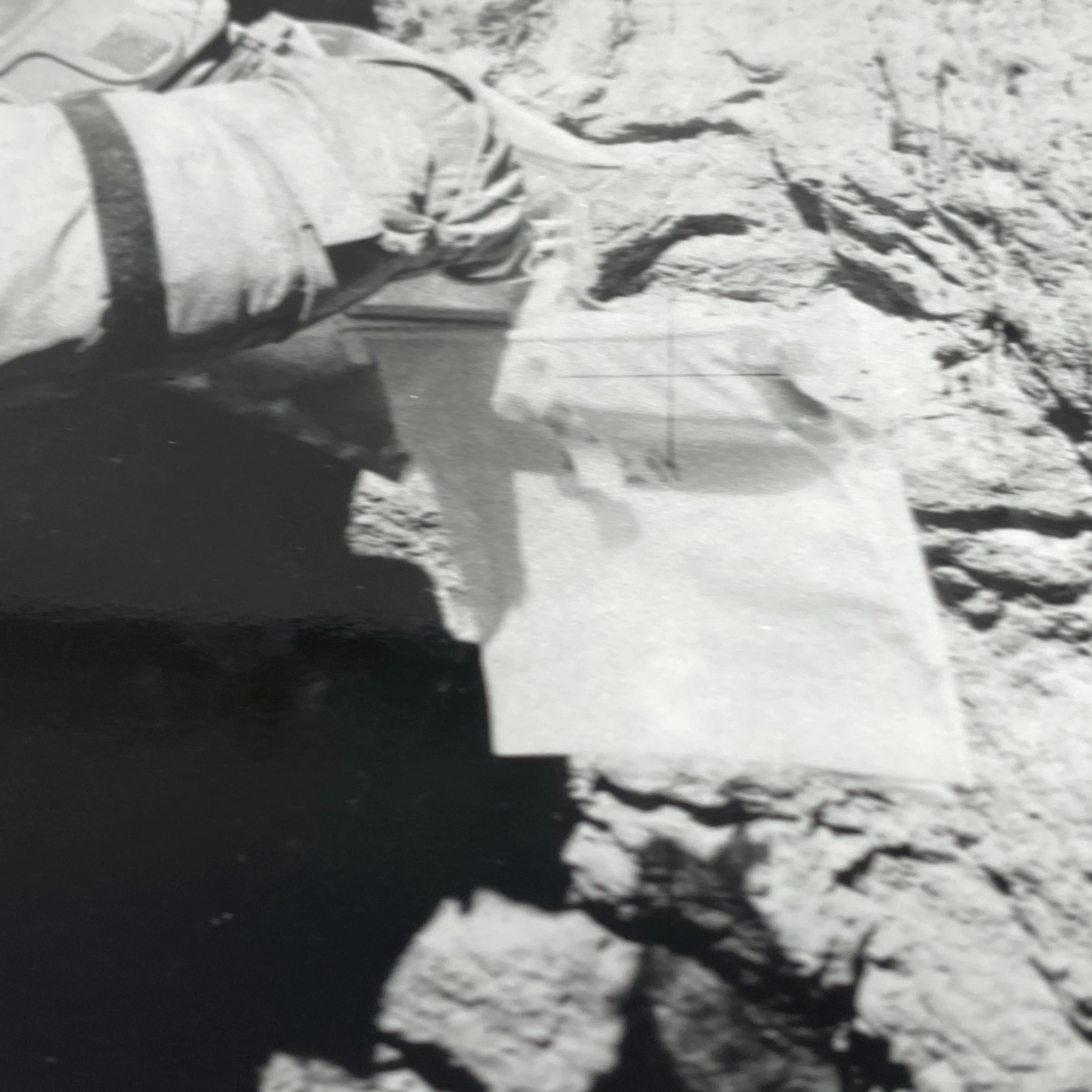

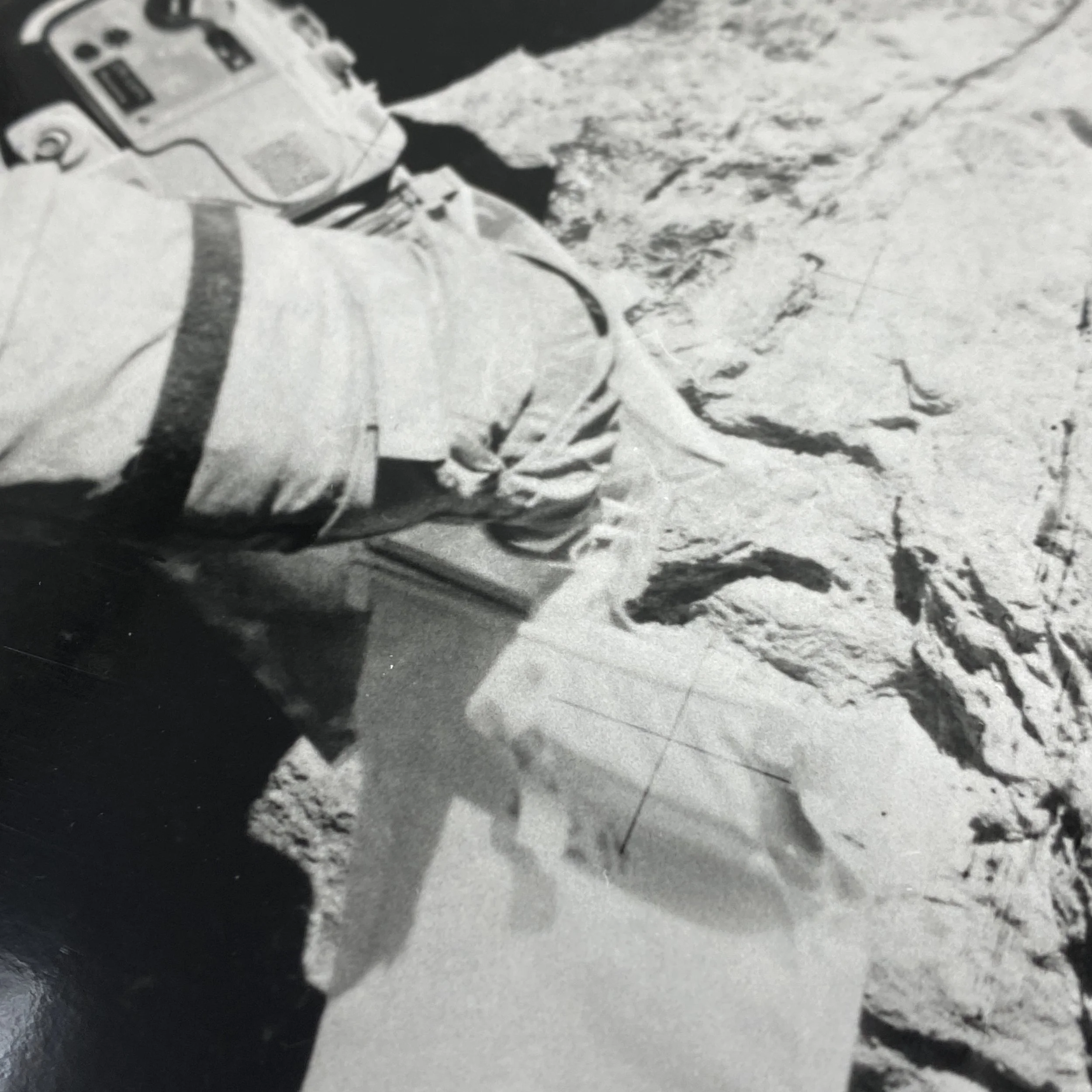
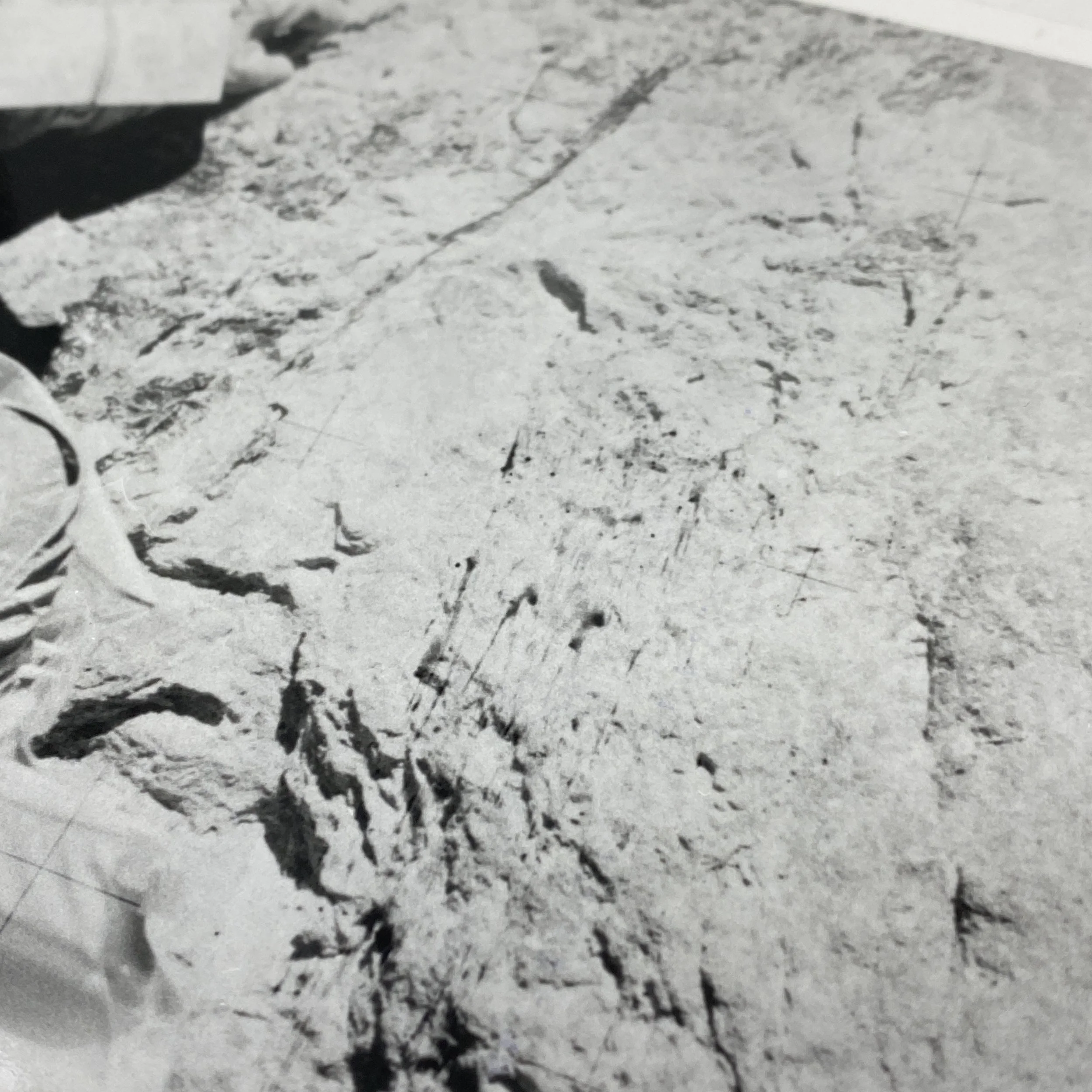


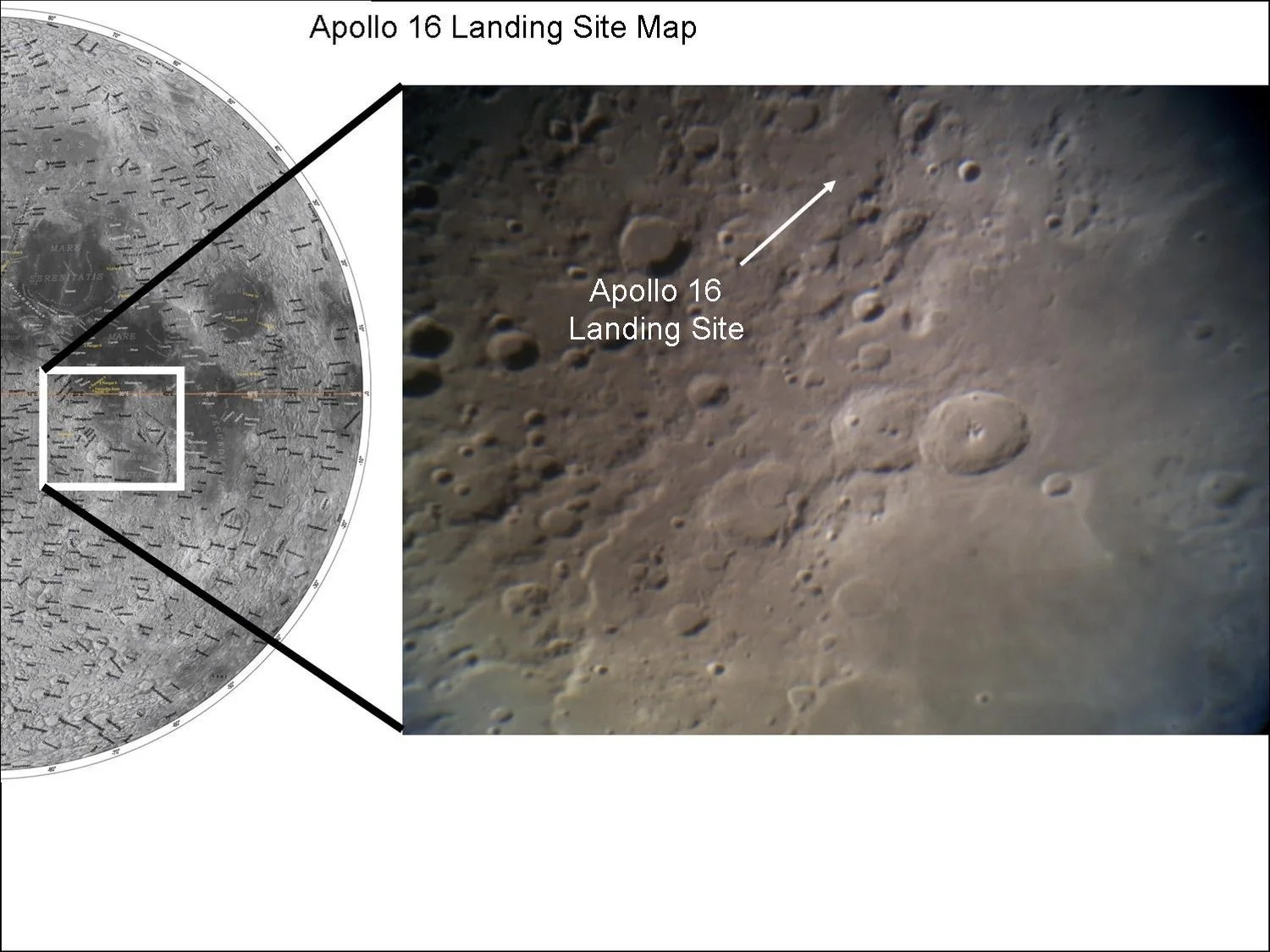

VERY RARE! Original 1972 Apollo 16 NASA Type 1 Lunar Photograph Taken on Moon Astronaut Collecting Moon Rock Samples
Comes with a hand-signed C.O.A. and a full historical research write-up
This incredibly rare and museum-grade National Aeronautics and Space Administration (Washington D.C.) 1972 dated Apollo 16 photograph is an original Apollo Program NASA “TYPE ONE” original Kodak photograph developed shortly after the Apollo 16 mission. These type 1 Apollo mission photographs were taken in space by the Apollo 16 crew John W. Young, Commander, Charles M. Duke Jr., Lunar Module Pilot, Thomas K. Mattingly II, Command Module Pilot. This vintage NASA black-and-white glossy photograph features an extremely detailed image and also features the type 1 Kodak paper watermarked press captions printed in purple on the reverse. This type 1 government photograph is an incredible piece of early space and Apollo history.
Apollo 16 History:
Apollo 16, with Commander John Young, Command Module Pilot Thomas “Ken” Mattingly, and Lunar Module Pilot Charles Duke, was launched on April 16, 1972, and successfully completed the fifth human landing on the Moon. Following a 6-hour delay caused by unexpected oscillations in the control system for the service module’s main engine, Young and Duke landed the lunar module (LM), Orion, less than 0.3 km from the planned landing location between North Ray Crater and South Ray Crater in the Descartes highlands northwest of Mare Nectaris. This site was certified as safe for landing based on photographs obtained on Apollo 14.
Three of the first four Apollo Moon landings were in mare regions and the fourth was in ejecta from the Imbrium impact. When selecting the Apollo 16 landing site, the highest priority was given to landing at a site in the lunar highlands, which occupy more than five times the surface area occupied by mare units. The objectives were to sample two geologic units, the Descartes Formation and the Cayley Formation. Based on the interpretations of telescopic and orbital imagery, it was thought that both units were volcanic in origin. The Cayley Formation was thought to be relatively smooth and formed from a low viscosity lava or volcanic ash flow; in actuality, they turned out to be rather hummocky. From the density of impact craters, the Cayley Formation was thought to be older than the lunar mare and comparable in age to the Imbrium impact. The Descartes Formation is much rougher and somewhat older than the Cayley Formation. It was thought to be formed of magmas that were more viscous than mare lavas. This could be due to a higher abundance of silicon, as in rhyolite volcanic domes on Earth. Samples obtained by Apollo 16 proved that both units are actually breccias produced by impacts rather than volcanic features. The pre-mission geologic studies suggested that these two formations covered about 11% of the lunar nearside, making them important for the overall understanding of the Moon's history. Also, the large distance between the Descartes site and previous landing sites was helpful for the network of geophysical instruments created by the Apollo 12 through 16 missions. The principal alternative landing site that was considered was inside Alphonsus Crater, to sample both old lunar crust in the crater wall and possible young volcanism on the crater floor. Once Descartes was selected for Apollo 16, Alphonsus became a prime contender for the Apollo 17 landing site.
Young and Duke spent a total of 71 hours on the Moon, performing three extra-vehicular activities (EVA, or “moonwalks”) totaling 20 hours and 14 minutes. At the start of the first EVA, the crew deployed both the lunar rover and a set of experiments, including passive and active seismometers, a heat flow experiment, a cosmic ray detector, and a solar wind composition experiment. Modifications to the lunar drill made it easier than on Apollo 15 to drill the holes for the Heat Flow Experiment, although Young tripped on a cable, breaking it and preventing use of the experiment. The crew also set up the Far Ultraviolet Camera/Spectrograph near the LM, a small telescope that was used to make observations of selected astronomical targets. Film from the telescope was returned to Earth for science analysis. The crew then drove the rover west of the landing site, collecting Cayley Formation samples at Flag Crater and Spook Crater and making measurements with a portable magnetometer to determine how the Moon’s magnetic field varied with location around the landing site. A total of five such measurements were made during the mission. The EVA lasted 7 hours and 11 minutes. By the end of EVA 1, crew descriptions of the collected samples had already made it clear that there was little or no volcanic material at the Apollo 16 landing site.
On the second EVA, lasting 7 hours and 23 minutes, Young and Duke drove south of the landing site, making several stops on the lower slope of Stone Mountain and reaching a maximum height of 160 meters above the base of the mountain. Prior to the mission, Stone Mountain was believed to be a volcano, and it was intended to be the primary sampling location for material from the Descartes Formation. Several additional stops on the return to the LM were made in an ejecta ray from South Ray Crater, a 2-million-year-old, 680-meter diameter crater about 4 km away. These stops were planned to ensure that material from South Ray Crater was included in the sample collection.
Because of the delayed landing, the third EVA was shortened to 5 hours and 40 minutes. Young and Duke drove north of the landing site to the southeastern rim of North Ray Crater. Most of the pre-planned sampling stops were eliminated, allowing the crew to spend two hours working on the rim of North Ray Crater. The crater is 1 km across and 230 meters deep, acting as a natural drill hole and ejecting material from deep below the lunar surface in boulders that are now located along and outside the crater rim for sampling by the astronauts. The largest boulder, nicknamed House Rock, is 20 meters long and 12 meters high and likely represents material that was ejected from 200 meters below the surface. An additional stop about 0.8 km south of North Ray Crater allowed sampling of the outer edge of North Ray’s ejecta blanket. During the three EVAs combined, Young and Duke collected 95.7 kilograms of lunar samples. They drove the lunar rover for a total distance of 26.9 km and reached a maximum distance of 4.6 km from the landing site.
During the moon landing, Mattingly remained in lunar orbit in the Command Module, Casper, operating set of orbital experiments similar to those on Apollo 15 and observing the lunar surface through binoculars. Apollo 16 spent a total of 5 days and 6 hours in lunar orbit, circling the Moon 64 times. The crew departed for Earth one day earlier than planned due to the earlier problems with the service module engine. While on the return voyage to Earth, Mattingly made a 1 hour, 23-minute spacewalk to collect the film cassettes from the mapping cameras in the Service Module. The crew landed in the Pacific Ocean on April 27 after a flight of 11 days and 2 hours.
Mission Objective
Three primary objectives were (1) to inspect, survey, and sample materials and surface features at a selected landing site in the Descartes region; (2) emplace and activate surface experiments; and (3) conduct in-flight experiments and photographic tasks from lunar orbit. Additional objectives included performance of experiments requiring zero gravity and engineering evaluation of spacecraft and equipment.
The Descartes landing site is in a highlands region of the moon’s southeast quadrant, characterized by hilly, grooved, furrowed terrain. It was selected as an outstanding location for sampling two volcanic constructional units of the highlands—the Cayley formation and the Kant Plateau. The Apollo Lunar Surface Experiments Package, or ALSEP, was the fourth such station to become operational after Apollos 12, 14 and 15.
Orbital science experiments were concentrated in an array of instruments and cameras in the scientific instrument module, or SIM, bay. Handheld Hasselblad 70mm still and Mauer 16mm motion cameras were used by the crew. Minor changes in surface extravehicular activity, or EVA, equipment were evaluated—a stronger clutch spring in the television camera drive mechanism to eliminate aiming problems experienced on Apollo 15, longer seat belts on the Lunar Roving Vehicle for better astronaut retention, continuous fluting of drill bits to eliminate bit binding due to extracta jamming, and the addition of a treadle and jack to aid in drill core removal from the lunar subsurface.
A significant addition to surface objectives was an ultraviolet stellar camera to return photography of the Earth and celestial regions in spectral bands not seen from Earth. Evaluation of the lunar rover through a “Grand Prix” exercise consisting of S-turns, hairpin turns and hard stops also was to be conducted. A final orbital objective was to launch a subsatellite into lunar orbit from the command and service module, or CSM, shortly before transearth injection.
The objective of the Particles and Fields, or P&F, subsatellite was to investigate the moon’s mass and gravitational variations, particle composition of space near the moon, and interaction of the moon’s magnetic field with that of Earth.
Mission Highlights
Apollo 16 lifted off at 12:54 p.m. EST April 16, 1972, from Launch Complex 39 at Kennedy Space Center in Florida. Two significant command and service module problems—one en route to the moon and one in lunar orbit—contributed to a delay in landing and a subsequent early termination of the mission by one day. An erroneous signal indicating guidance system gimbal lock during translunar coast was neutralized by real time programming change instructing the spacecraft computer to ignore input. After undocking of Casper and Orion, circularization burn of the CSM was delayed when backup circuit caused yaw oscillations of service propulsion system. Orion landing was held until engineers determined oscillations would not seriously affect CSM steering.
Lunar module, or LM, carrying John Young and Charles Duke touched down at Descartes about 276 meters northwest of planned point (8 degrees 59′ 29″S, 15 degrees 30′ 52″E) at about 9:24 p.m. EST April 20, about five hours, 43 minutes late. During 71 hours, two minutes surface stay, astronauts explored region on three EVAs totaling 20 hours, 14 minutes. First EVA included Lunar Roving Vehicle setup and ALSEP deployment. Heat flow experiment was lost when Young tripped on electronics cable, breaking it. Rover traverse took astronauts west to Flag Crater where they collected samples and photographed the area. Return drive was south of outbound track to Spook Crater where astronauts took first measurement with the lunar portable magnetometer, gathered samples, and took both panoramic and 500 mm telephotography. Just before returning to the lunar module, they deployed the solar wind composition experiment at the ALSEP site. EVA duration was about seven hours, 11 minutes with 2.5 miles driven in the rover.
Second EVA began with drive south to Stone Mountain, where surface and core samples were collected at two stations in the area of Cinco Craters, along with a trench sample, penetrometer measurements and photography. Traverse continued west, then north with stops at five additional stations for similar work. One station was deleted from the EVA plan because of time factors. Lunar portable magnetometer, or LPM, measurements were taken near Cinco. Crew returned to lunar module and ended second EVA after seven hours, 23 minutes and 6.9 miles on the rover.
Real-time flight planners deleted four stops from the third and final EVA because of time constraint in meeting ascent schedule. Astronauts drove north to North Ray Crater where “House Rock,” inside the crater rim, was sampled. Returning south, the crew stopped at “Shadow Rock” for additional sampling, photography and LPM measurement. Final stop near the LM added samples and core tubes to the collection. Last LPM readings were taken at the rover parking site along with final rock samples. Closeout, including retrieval of solar wind composition, or SWC, and film from far ultraviolet camera/spectroscope, completed EVA after five hours, 40 minutes. Rover distance was 7.1 miles.
Thomas Mattingly orbited the moon with cameras and SIM bay instruments operating during the surface stay of Young and Duke. The results verified Apollo 15 data and provided information on lunar terrain not previously covered. Lunar liftoff came on time at 8:26 p.m. EST April 23, in view of the rover television camera. After normal rendezvous and docking, and transfer of crew samples and equipment, the lunar module was jettisoned. Attitude control was lost, eliminating the usual deorbit maneuver and planned impact. Because of problems noted earlier, planners elected to return the mission one day early. During transearth coast, Mattingly took an 83-minute spacewalk to retrieve film cassettes from the SIM bay. Normal entry and landing resulted in splashdown at 0 degrees 42′ 0″ S, 156 degrees 12′ 49″ W, just before 3 p.m. EST April 27. Total mission time was 265 hours, 51 minutes, five seconds. Young and Duke collected 209 pounds of samples and drove the rover 16.6 miles.
The Particles and Fields, or P&F, subsatellite was launched at 4:56 p.m. EST April 24. The orbital shaping maneuver was deleted, and it was ejected into a highly elliptical orbit, cutting its lifetime from one year to about one month. Normal operation continued until May 29, when it impacted the moon.
Crew
John W. Young, Commander
Charles M. Duke Jr., Lunar Module Pilot
Thomas K. Mattingly II, Command Module Pilot
Backup Crew
Fred Haise, Commander
Edgar D. Mitchell, Lunar Module Pilot
Stuart A. Roosa, Command Module Pilot
Payload
Casper (CM-113)
Orion (LM-11)
Prelaunch Milestones
7/1/70 – S-IVB ondock at Kennedy
9/17/71 – S-IC ondock at Kennedy
9/29/70 – S-IU ondock at Kennedy
9/30/70 – S-II ondock at Kennedy
Launch
April 16, 1972; 12:54:00:567 p.m. EST
Launch Pad 39A
Saturn-V SA-511
High Bay 3
Mobile Launcher Platform-3
Firing Room 1
Orbit
Altitude: 107.5 miles
Inclination: 32.54 degrees
Orbits: 64 revolutions
Duration: 11 days, one hour, 51 minutes
Surface Time: 71:02:13
Distance: 1,391,550 miles
Lunar Location: Descartes Highlands
Lunar Coordinates: 8.97 degrees south, 15.51 degrees east
Landing
April 27, 1972
Pacific Ocean
Recovery Ship: USS Ticonderoga